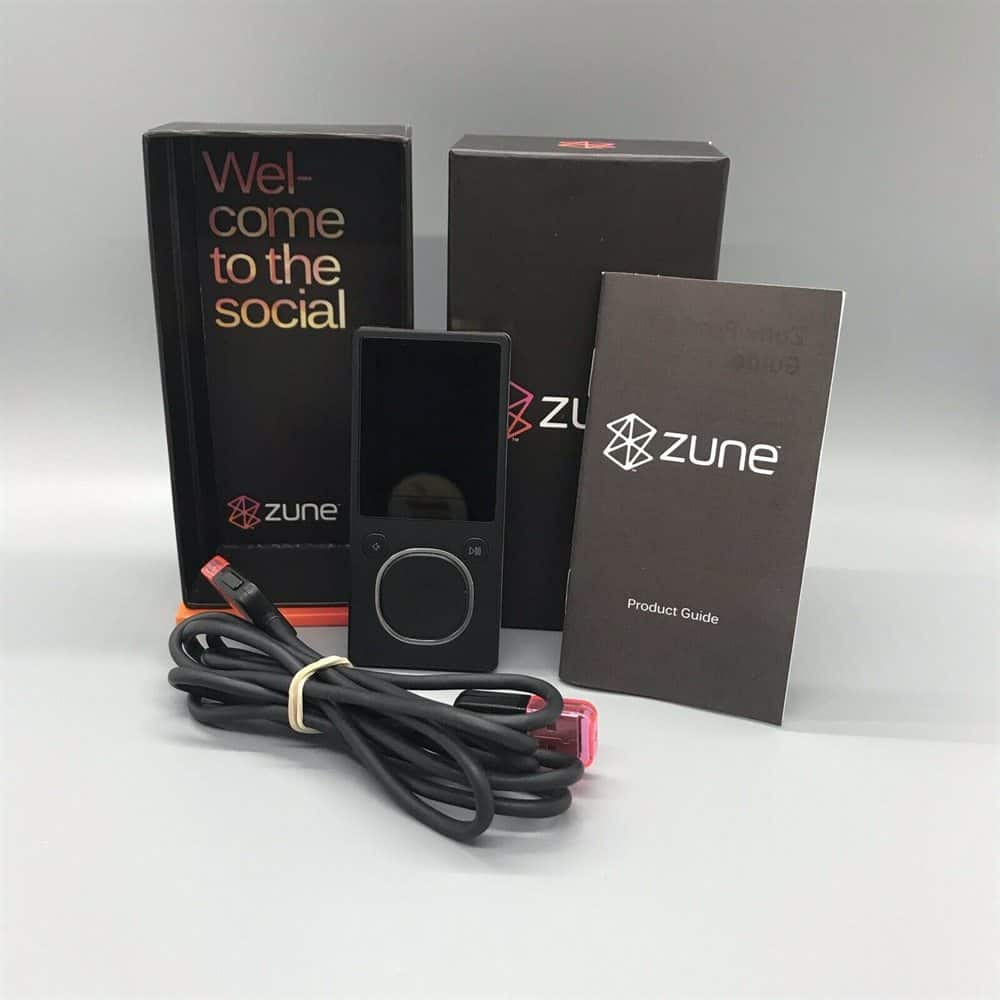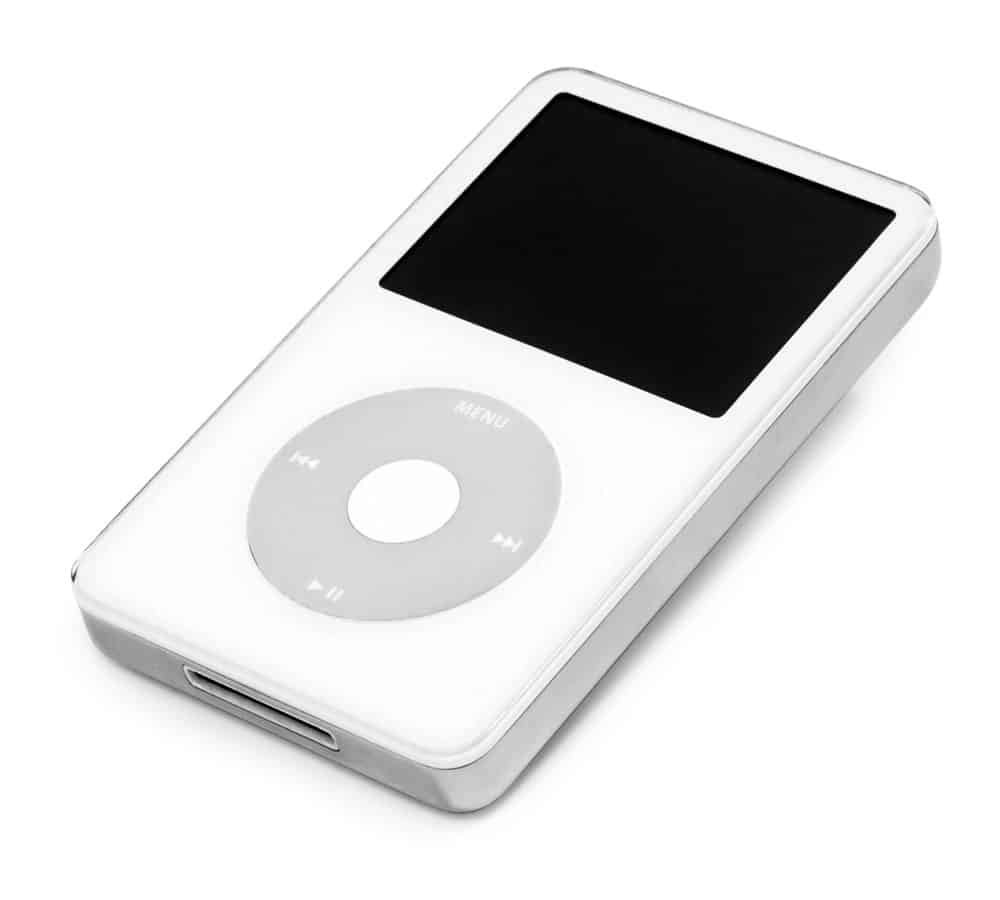Although Microsoft has enjoyed incredible success as a company, it has also had its share of failures. One of the more curious was Zune.
A music service designed to compete with Apple’s iPod, Zune was launched with considerable fanfare in 2006. However, just five years later Zune ended despite the considerable promise that the product had as a portable entertainment service.
It seemed like a logical move for Microsoft at the time to challenge Apple and its products, particularly the highly popular iPod which dominated the mp3 marketplace. But in the end, Zune simply never found an audience
It became quickly forgotten once it disappeared by 2011. But the story of Zune and why it failed serves as a lesson that even the biggest and most successful companies can have products that fail despite expectations.
What was the Microsoft Zune?
The origination of the Zune can be traced back to the MSM Music service that came out in 2004 as Microsoft’s version of Apple’s iTunes. Despite the promise from Microsoft that MSN Music would last at least five years, it was closed after just two years and replaced by Zune.

Zune became Microsoft’s line of digital media services and portable media player products, a mirror image of what the iPod is to Apple. The Zune products and services consisted of the following.
- Portable Media Players
- Music Subscription Service – Known as “Zune Music Pass”
- Digital Media Player Software – Primarily Designed for Windows PC
In addition, Zune was also the video and music streaming service for Xbox 360, a part of Zune Software. Zune also had several other products and services that were part of Windows Phone, television, music, and movie sales, and even the music streaming service for United Airlines for their in-flight entertainment.
Zune users could share songs with each other wirelessly, albeit in a limited fashion. Over the next five years, Zune was updated with new devices, improved software, and many other features to take advantage of what was perceived to be a wide-open market. The ultimate iteration was the Zune HD released in 2009.
Ultimately, the Zune underwent four generations from its initial introduction in 2006 to the final generation being released in 2010, coinciding with the Zune HD. But with all the attention and effort being placed into the Zune, it simply did not catch on with the general public.
What Factors Led To Zune Failing?
Several factors led to the failure of the Microsoft Zune system. Timing, poor marketing, and a lack of focus are noted as the main reasons for the swift downfall.
Late To The Party
Perhaps most importantly that it was launched about five years after the iPod. They had plenty of time to plan. What should have been a well-thought-out release, suffered from a lack of planning with no road map to success.

Apple had gained such a lead on the market that Zune was simply too far behind to catch up. Being too long in development and addressing a need that Apple was fulfilling was a huge reason why the Zune simply could not get off the ground.
With the mp3 market dominated by Apple, Zune was just not positioned to compete effectively. Especially with the other factors that marked its downfall.
Poor Marketing
There didn’t seem to be any real direction for the Zune to establish itself in the marketplace. The marketing effort by Microsoft may have had the money, but it didn’t have the focus to inform consumers as to what Zune was all about.
Marketing campaigns that work inform consumers about exactly what the product is, what it addresses, and why they should have it. Zune’s marketing lacked these essential elements. Instead, it tried to create a cool vibe to attract consumers without the necessary information to let them know what they were getting.
In addition, the one element of the marketing that was in focus lacked appeal to a broad enough number of customers. Zune was advertised as being the anti-iPod.
Its target was those who were outside the mainstream and didn’t care for Apple and yet wanted essentially what the iPod offered. So, the people at which the advertising was aimed were simply not broad enough to support the device.
However, even if the marketing had been better, Zune had another issue that helped seal its fate.
Lack of Identity
In order to stand out from the competition, you have to offer something which consumers want that your competitor lacks. And while Zune was a solid device, it didn’t have anything to make it stand apart from the competition.

It didn’t help that Apple was continually innovating the iPod which meant that any new feature consumers would like was already being addressed. With the iPod being so dominant, Microsoft did not have the market knowledge or investment needed to make the necessary changes to the Zune that would make it competitive.
Put all three factors together and it spelled doom for the Zune. In addition, the entire Zune product seemed to be a way to fill a gap in consumer demand that did not exist. This might have been different had the Zune been introduced before the iPod came out.
But since it didn’t arrive until five years later, the design of the Zune didn’t allow it to fulfill any demand not being met by the iPod, and with the iPhone releasing around the same time, Apple had found another way to secure end users.
The End for the Microsoft Zune
By October 2011, the hardware for the Microsoft Zune was discontinued. And by June of the following year, Microsoft announced that all Zune products would be discontinued. Instead, Xbox Music and Xbox Video would be the vehicles for Microsoft to distribute its digital media.

The Zune name continued in terms of the software, but the music download and streaming service were ended in November 2015. Instead, the Windows Phone App took over as the sync service for desktop versions of Windows Phone 8. All Zune subscribers who remained with the service were switched over to another Microsoft platform, Groove Music.
Microsoft Zune was an idea that initially held a lot of promise but ultimately failed because of a combination of poor timing, not enough marketing to create awareness, and a lack of innovation in the field.
The Zune was designed to address an immediate need, the did not exist, and it did not have the wherewithal to survive the changing times.










